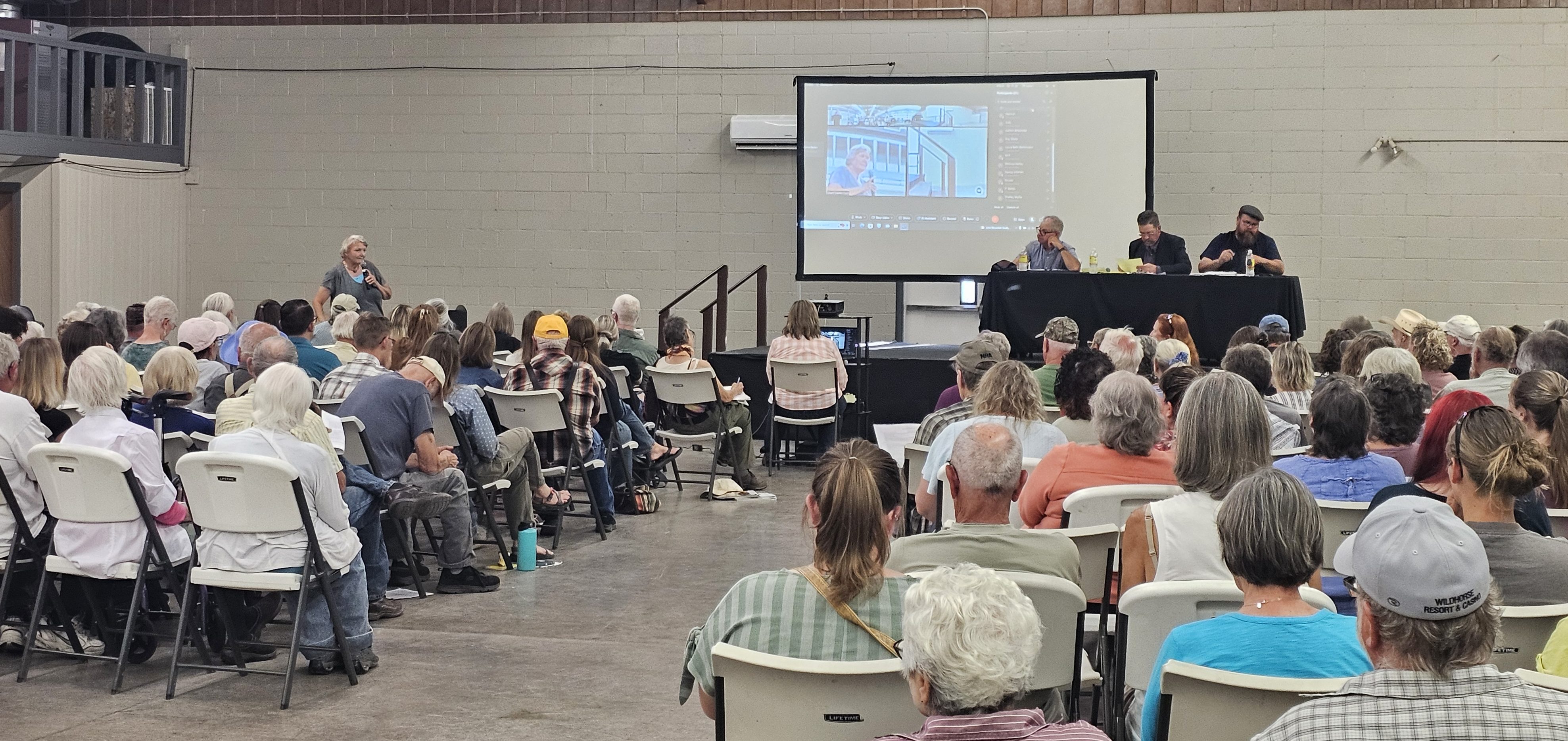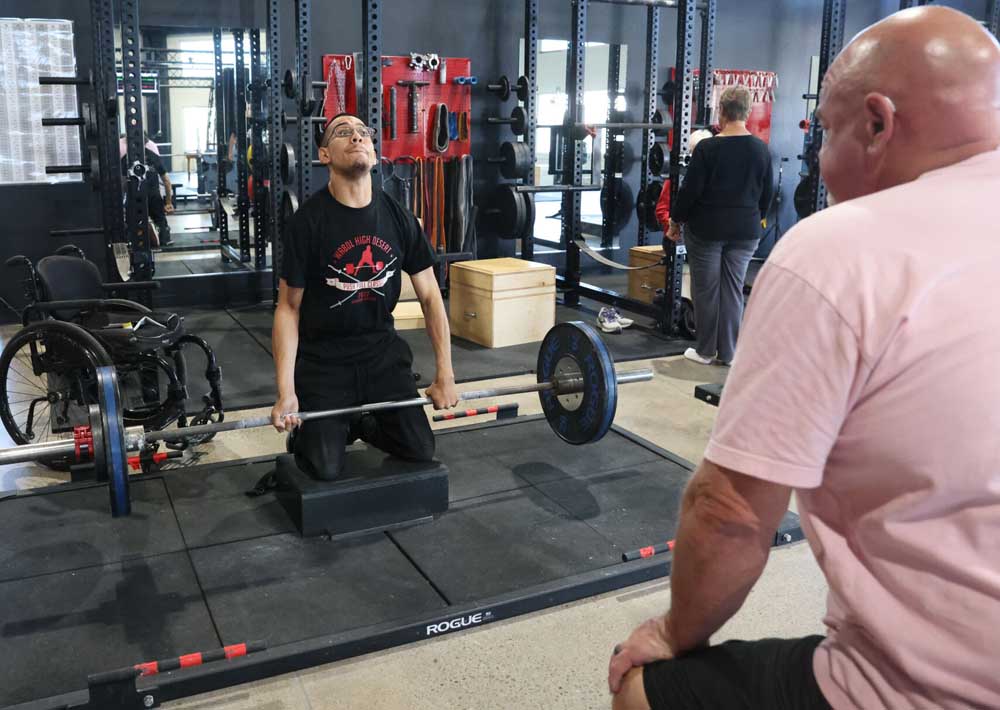Shooting the Breeze: The carbine
Published 12:00 pm Tuesday, December 22, 2020

- A short-barreled rifle is the ticket for time-sensitive hunting opportunities.
The idea of a shorter, handier rifle is not a new one. Even in the very early days of muzzleloading firearms, the horse-mounted cavalry discovered early on just how difficult it was to manage the typically longer arms of the day from horseback. Not only were they slower to shoulder and shoot, but reloading from the muzzle end made it that much more problematic. When breechloaders became available, first utilizing paper cartridges and later metallic case cartridges, cavalry units swooned.
Trending
The military weren’t the only ones to take advantage of the shorter, lighter guns. Cowboys, lawmen, the good, bad and indifferent were also quick to realize the value of a firearm that was easier to carry and wield. The military and sporting carbines, which emerged from the likes of Spencer, Sharps, Springfield and Winchester, became instant favorites due to their portability and increased firepower. Civilians kept their repeaters in a saddle scabbard, which made for a quicker draw at a moment’s notice. Cavalry men carried their Springfields on the end of a sling attached to the saddle ring. The sling was worn across the chest like a bandolier and the gun would hang at waist level, where it could be brought to bear without having to untangle oneself from the sling. And if the trooper’s horse was taken down in a skirmish, he could jump free of the wreck taking his rifle with him while leaving both hands free to break the fall.
Fast forward to modern day, that idea still isn’t without merit. Although horses are no longer the primary method of transportation, the close quarters of a vehicle can present compelling arguments in favor of a shorter barrel. Although I tend to prefer a long-barreled rifle as a rule, there are times they just aren’t practical. Allow me to share a personal example. I have two centerfire .22-caliber rifles of similar design and purpose. One sports a 26-inch long barrel and the other a 22-inch carbine type barrel. If a target of opportunity, say a coyote, was to dart across the road in front of my pickup, I would have but a few seconds to stop the vehicle, take aim and fire before that coyote was to disappear entirely from view. I’ll give you one guess as to which of these rifles is the absolute winner of that race each time.
When hunting in the thicker-wooded parts of the west, one will often be presented with partially obscured, time-sensitive targets on foot as well. A carbine will come to the shoulder much quicker than a long-barreled rifle in this scenario as well. Oh, you’ll lose some small amount of muzzle velocity. A hundred feet per second one way or the other won’t be the difference between success and failure. But the milliseconds you save “on the draw” and in target acquisition give you the ability to take your time in a hurry when time is of the essence.
Trending
Finally, when hunting in the steep country the sheep and goats call home, each ounce of weight that can be reduced for the backpacking hunter is a welcome boon. Long-action cartridges struggle with increased muzzle blast and recoil in lightweight, short-barreled rifles. Short-action cartridges are designed with lightweight rifles and short barrels in mind. Any of the .308 family of cartridges, or the various WSM or SAUM hot rods can be made to perform very well in such platforms. Whatever your needs as a hunter or shooter, a case can easily be made for procurement of a short-barreled carbine.
Are you a fan of carbines? Write to us at shootingthebreezebme@gmail.com!









